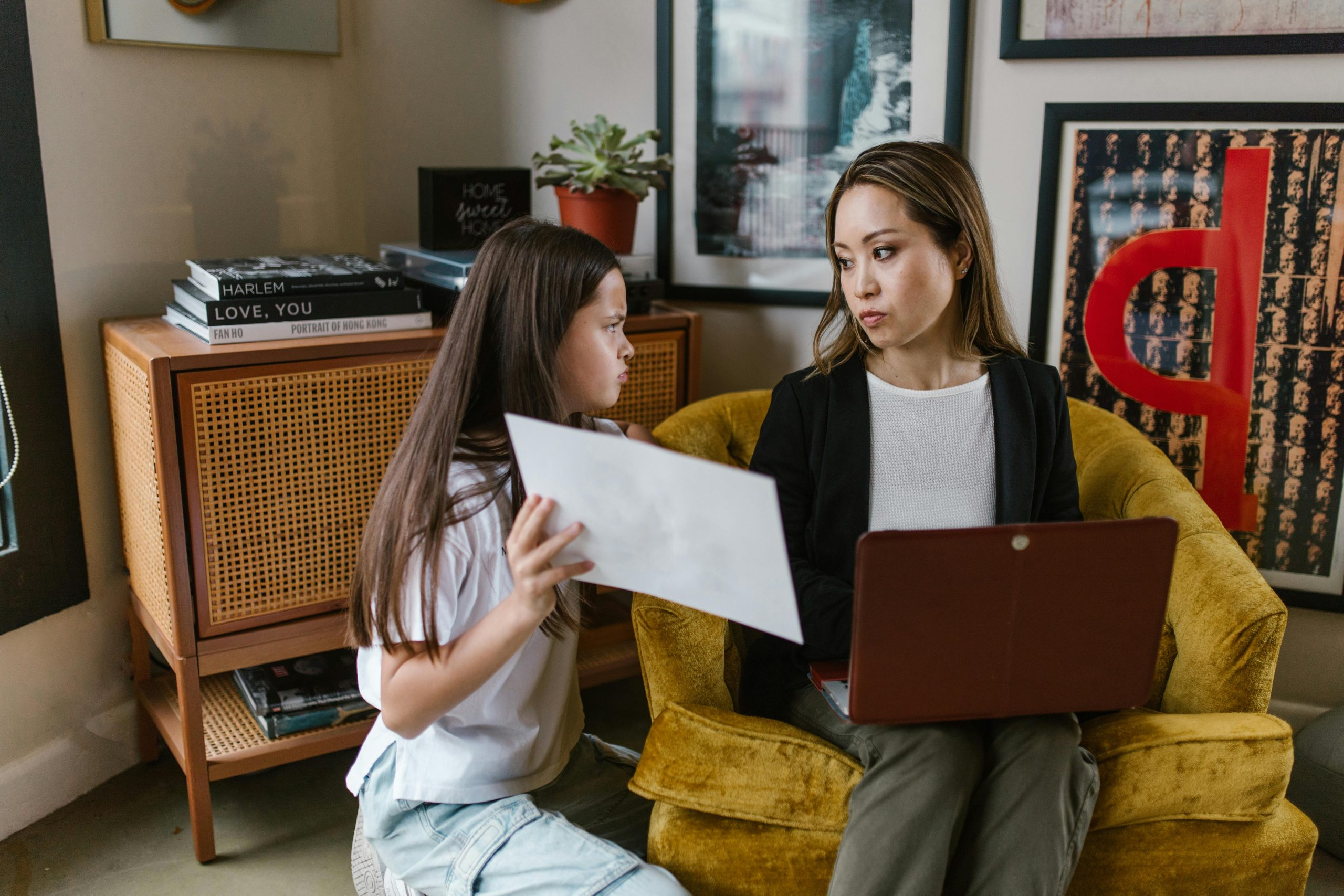Peer Assessment: Learning from Each Other
As students, we are used to learning from teachers and textbooks. However, there is another important source of knowledge that is often overlooked – our peers. Peer assessment, or the process of evaluating and providing feedback to each other’s work, is a valuable learning tool that can benefit both the assessor and the assessed. In this article, we will explore the concept of peer assessment and how it can enhance the learning experience for students.
The Benefits of Peer Assessment
Enhances Critical Thinking
When students assess each other’s work, they are forced to think critically about the content and provide constructive feedback. This process encourages students to analyze and evaluate the work of their peers, which in turn improves their own critical thinking skills. By receiving different perspectives and ideas, students can broaden their understanding of the topic and develop more well-rounded thoughts and opinions.
Encourages Active Learning
Peer assessment involves students actively participating in the learning process rather than passively receiving information from a teacher or textbook. This active involvement not only leads to a deeper understanding of the subject matter but also makes learning more engaging and enjoyable. Students become more responsible for their learning, which can lead to better retention of the material.
Promotes Collaboration and Communication
Peer assessment requires students to work together and communicate effectively. In the process of evaluating their peers’ work, students must provide constructive feedback and engage in discussions to explain their assessments. This promotes collaboration and communication skills, which are crucial not only in academic settings but also in the workforce.
Prepares for the Real World
In the real world, individuals are often required to work in teams and collaborate with others to achieve a common goal. Peer assessment mirrors this reality and prepares students for future career opportunities. By learning how to give and receive feedback, students can develop better interpersonal skills, which are highly valued in any professional setting.
Best Practices for Peer Assessment
Establish Clear Guidelines
Before starting the peer assessment process, it is essential to establish clear guidelines for students to follow. These guidelines should outline the criteria for evaluation, the type of feedback that is expected, and the deadlines. Clear guidelines help students understand their roles and responsibilities, ensuring a more organized and effective assessment process.
Encourage Constructive Feedback
One of the key benefits of peer assessment is receiving constructive feedback that can help improve one’s work. Teachers should emphasize the importance of providing specific and helpful feedback and discourage any negative or harsh comments. By encouraging a supportive and positive environment, students can feel more comfortable giving and receiving feedback.
Offer Opportunities for Self-Reflection
Peer assessment is not just about evaluating others’ work; it also provides an opportunity for self-reflection. After receiving feedback from their peers, students can take the time to reflect on their work and identify areas for improvement. This process can help students become more self-aware and develop a growth mindset, which is crucial for continuous learning.
Combine Peer Assessment with Teacher Feedback
Peer assessment should not replace teacher feedback; it should complement it. Teachers can use peer assessment as a way to gather additional insights into their students’ learning and provide their feedback accordingly. This integrated approach can lead to a more comprehensive evaluation and a more well-rounded learning experience for students.
In Conclusion
Peer assessment is a valuable tool that can enhance the learning experience for students. By encouraging critical thinking, active learning, collaboration, and communication, peer assessment prepares students for the real world while providing them with constructive feedback to improve their work. By following best practices and combining peer assessment with teacher feedback, we can create a more effective and meaningful learning experience for students.










